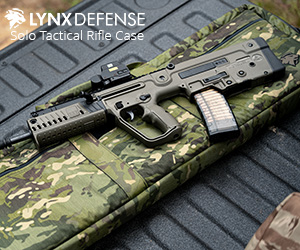I've drawn the relevant torque arcs for you.
The upper torque arc is the force of the recoil at a short distance from the pivot point created at the web of your thumb and forefinger. To counteract the torque, apply a smaller force at an appropriate angle near the bottom of the grip. The force is smaller because the distance is greater, and of course Torque = force * distance.
Interestingly this means the fingers furthest from the slide have the most effect in controlling the recoil.
I've found that to be very true. Many people focus less of their strength from their ring and pinkie fingers, and seem to use a majority of their strength from the index and middle fingers. One golden nugget I've found is to use good quality grip trainers, like Captains of Crush grippers, or some other method and focus not only on your whole hand grip strength, but the individual fingers as well. Build some strength with the pinkie and ring fingers, and I bet a person that is concerned with maximum performance could see a noticeable improvement in controlling muzzle flip.







